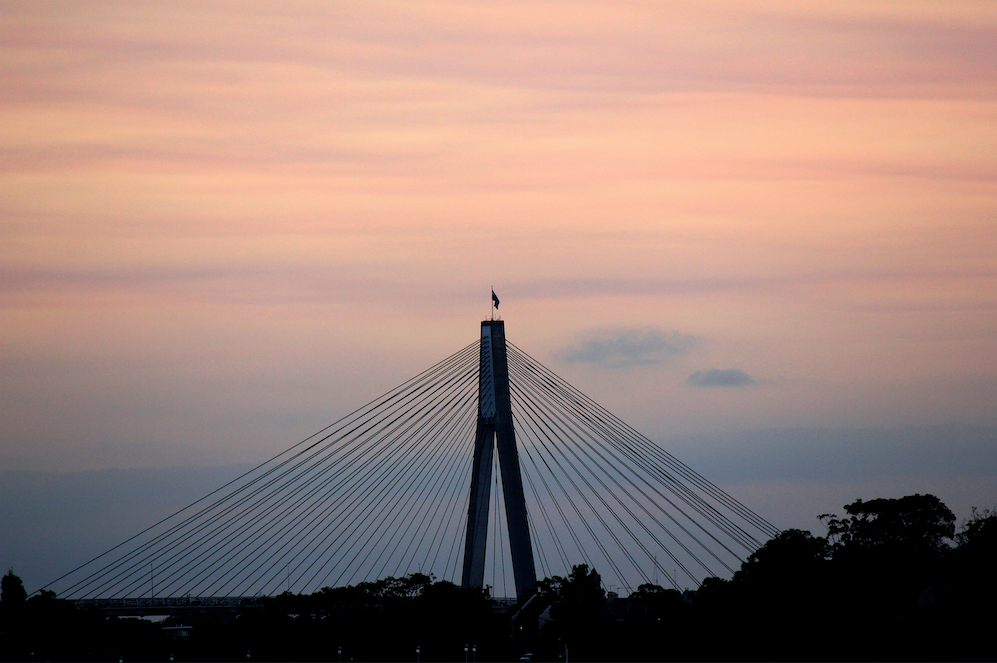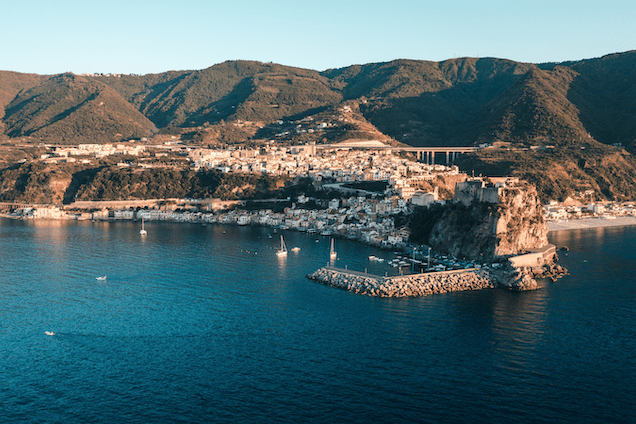Bridge of Messina
More Than an Engineering Masterpiece
The Bridge over the Strait is not only an engineering masterpiece but a project that must face numerous challenges—technological, environmental, social, cultural, and climatic. The infrastructure requires advanced solutions to withstand extreme winds and seismic activity while integrating with the landscape and local communities.
Complex and Fascinating Challenges
Bridge of Messina
The Messina Bridge represents a complex and fascinating challenge involving technology, the environment, society, and culture. It must resist strong winds and earthquakes, preserve a delicate natural balance, and harmoniously integrate with the communities of Sicily and Calabria. The project aims to turn these challenges into opportunities for innovation, sustainability, and growth.
This page provides an in-depth exploration of the main challenges the project must face and overcome, so that the bridge becomes not only an engineering milestone but also a genuine symbol of sustainable progress and collaboration between territories, institutions, and citizens.
HIGHLIGHT
Bridge of Messina
IN DETAIL
Bridge of Messina
Technological Challenges
Bridge of Messina
Building a 3,300-meter-long suspension bridge with 400-meter towers and a record single span requires cutting-edge engineering solutions. Priorities include:
-
Ultra-high-strength steel cables and hangers.
-
A lightweight yet robust deck for road and rail traffic.
-
Continuous SHM monitoring systems and seismic protection devices.
-
Safe construction techniques minimizing impact on navigation and ecosystems.

Social and Cultural Challenges
Bridge of Messina
The bridge must fit harmoniously into its territory and engage the communities of Messina, Villa San Giovanni, and Reggio Calabria. This means listening to local needs, protecting cultural heritage, ensuring fair distribution of economic benefits, and promoting training programs and tourism. Transparent communication and integration with the landscape are essential to preserve the historical identity of both shores.

Environmental and Climatic Challenges
Bridge of Messina
The Strait is a unique ecosystem rich in biodiversity—swordfish, dolphins, migratory birds, and fragile coastal habitats. The Bridge must comply with environmental regulations and adopt mitigation measures such as reuse of excavated materials, green barriers, and fauna protection systems. Climate resilience will require corrosion-resistant materials, efficient drainage, and adaptation to more frequent extreme weather. Reducing maritime traffic will cut emissions and improve air quality.

Seismic and Geotechnical Challenges
Bridge of Messina
Located in one of the Mediterranean’s highest-risk seismic zones, the Bridge is designed to withstand earthquakes up to magnitude 7.5 Mw. Specialized dampers and isolators will protect towers, cables, and the deck. Deep foundations anchored in mixed rocky and sandy soils will ensure stability even under ground movement. Wind tunnel testing and dynamic simulations have defined optimal safety margins.

Becoming an International Model
Bridge of Messina
By overcoming these challenges, the Messina Bridge will represent a global model of innovation, safety, and sustainability—an infrastructure that connects people and cultures while respecting nature, demonstrating how progress can coexist with the environment and local communities.
Challenges and Solutions
Bridge of Messina
| CHALLENGES | Solutions / Planned actions |
|---|---|
| Advanced Engineering and Materials |
The bridge’s design employs state-of-the-art materials and technologies to achieve unparalleled safety, efficiency, and environmental sensitivity:
|
| Social and cultural |
The project is committed to creating a positive and lasting social legacy, focusing on integration, opportunity, and cultural preservation:
|
| Environmental and climatic |
The project integrates specific measures to minimize its environmental footprint and protect the local ecosystem:
|
| Seismic and geotechnical |
The structural design incorporates advanced solutions to ensure maximum safety and longevity, addressing the unique challenges of the site:
|





